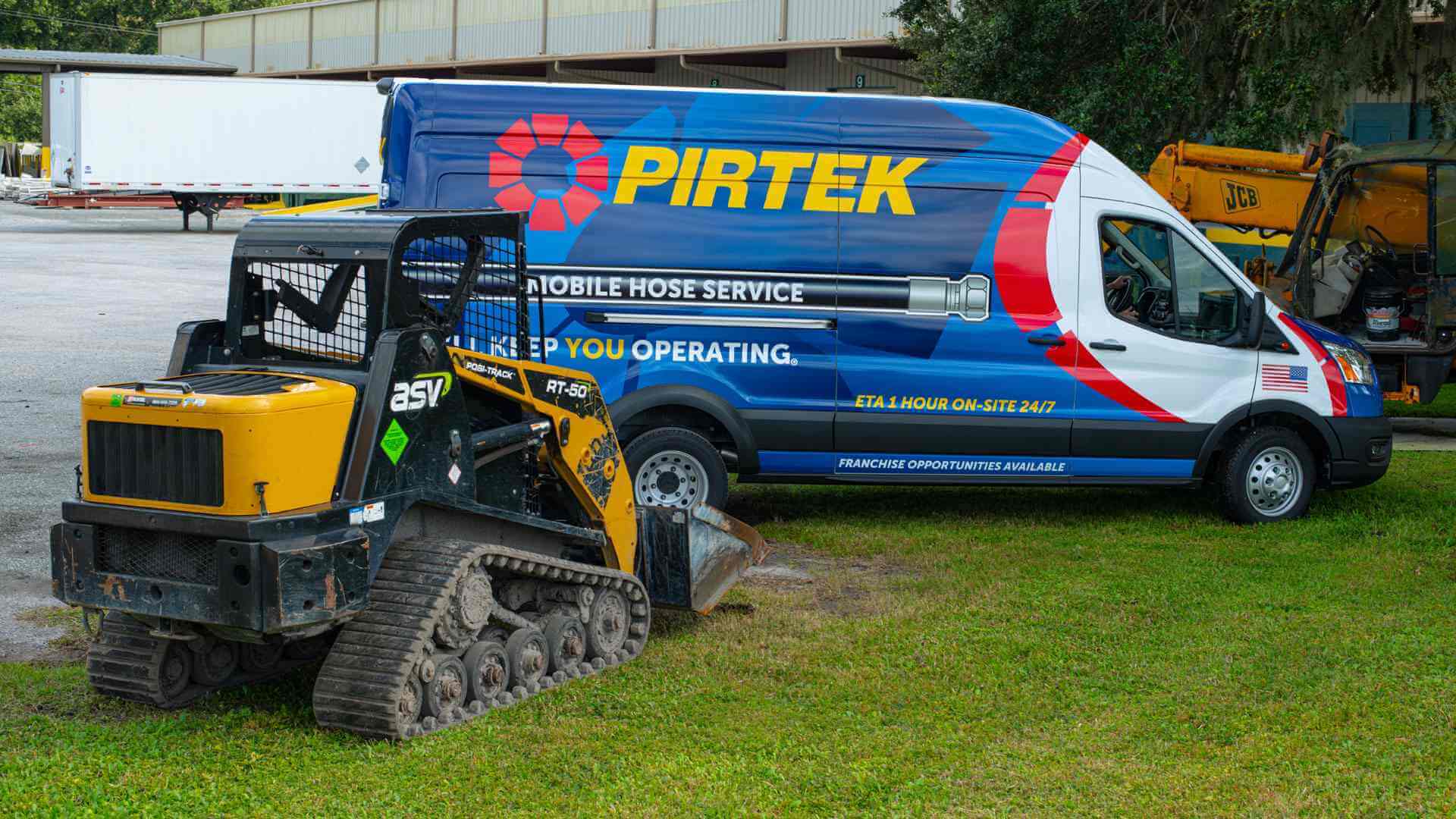Hydraulic systems are the backbone of many industrial applications, from construction and manufacturing to transportation and agriculture. The efficient operation of these systems hinges on the integrity of hydraulic hoses and pipes, which are responsible for transmitting hydraulic fluids under pressure. However, wear and tear, external damage, and environmental factors can compromise the performance of these critical components. Therefore, understanding hydraulic hose pipe repair is essential for maintenance personnel, fleet managers, and equipment operators tasked with ensuring operational efficacy and safety.
#### Importance of Hydraulic Hoses in Industrial Applications
Hydraulic hoses serve as conduits for transmitting hydraulic fluids, enabling machines to perform various functions, such as lifting, digging, and pressing. The design of hydraulic hoses incorporates a combination of inner tubes, reinforcement layers, and outer covers, making them resistant to high pressure, abrasion, and environmental conditions. Their role is not only functional but also critical for ensuring the safety and efficiency of heavy machinery. When hydraulic hoses fail, the consequences can be catastrophic, leading to equipment downtime, safety hazards, and costly repairs.
#### Causes of Hydraulic Hose Damage
The durability of hydraulic hoses is impacted by multiple factors. Common causes of damage include:
- Wear and Tear: Continuous operation exposes hydraulic hoses to friction and flexing, resulting in gradual deterioration of the hose material.
- Environmental Conditions: Exposure to harsh chemicals, extreme temperatures, and ultraviolet (UV) radiation can weaken the hose structure.
- Improper Installation: Incorrect routing, excessive bending, or failure to secure hoses can lead to kinking or other forms of mechanical stress, increasing the likelihood of failure.
- Contamination: Particles and contaminants present in the hydraulic fluid can erode the internal lining of hoses, compromising their integrity and leading to leaks.
- Overpressure: Exceeding the maximum pressure tolerance of the hose can result in bursts, posing significant safety risks.
#### Recognizing the Need for Repair
Identifying a failing hydraulic hose before it completely fails is crucial for minimizing disruption and maintaining safety. Signs indicative of a potential problem include:
– Leaking Fluid: The presence of hydraulic fluid on the surface of the hose or equipment signifies a breach in the hose or fittings.
– Visible Damage: Cracks, abrasions, or bulges on the hose surface indicate compromised structural integrity and necessitate immediate attention.
– Decreased Performance: If machinery operates less efficiently or responses are sluggish, it may suggest internal blockages or hydraulic fluid leakage.
It is essential for operators and maintenance personnel to conduct routine inspections as part of a preventive maintenance program. Regular assessments can help detect issues early, allowing for timely repairs that can mitigate more significant problems down the line.
#### The Repair Process
When faced with a damaged hydraulic hose, the repair process can be broken down into several key steps:
- Safety First: Before commencing any repair work, it is vital to ensure that the system is depressurized. A comprehensive lockout/tagout (LOTO) procedure should be enacted to prevent unauthorized operation during repairs.
- Assessment: Once the hose is deactivated, a thorough inspection should be performed to ascertain the extent of the damage. Depending on the severity, the hose may need to be repaired or replaced entirely.
- Selection of Replacement Parts: In cases where replacement is necessary, selecting the appropriate hose type is crucial. Factors to consider include pressure ratings, temperature tolerance, size, and compatibility with fluid types. It is advisable to utilize manufacturer-recommended specifications to ensure optimal performance.
- Removal of the Damaged Hose: Carefully disconnect the hose from the hydraulic system. This involves unscrewing fittings and removing any clamps or protectors that secure the hose in place. Extreme caution should be exercised in this step to prevent damaging surrounding components.
- Installation of the New Hose: Once the damaged hose is removed, the new hose should be cut to the appropriate length and fitted with the necessary connectors. The installation should mimic the original routing, avoiding sharp bends or kinks that could jeopardize its performance.
- Testing the System: After installation, it is imperative to test the hydraulic system under pressure to ensure that the hose is functioning correctly and free of leaks. Any signs of fluid leakage during this phase must be addressed promptly.
- Documentation: Maintaining records of repairs performed, including date, reason for repair, and parts used, is essential for future reference and effective maintenance management. This documentation serves not only as a record for maintenance schedules but also helps in identifying recurring issues.
#### Conclusion
Hydraulic hose pipe repair is an indispensable skill in modern industry, and understanding its principles is integral for ensuring the longevity and functionality of hydraulic systems. With proper training and adherence to safety protocols, personnel can proficiently assess, repair, or replace compromised hoses, ultimately contributing to enhanced operational efficiency and safety.
